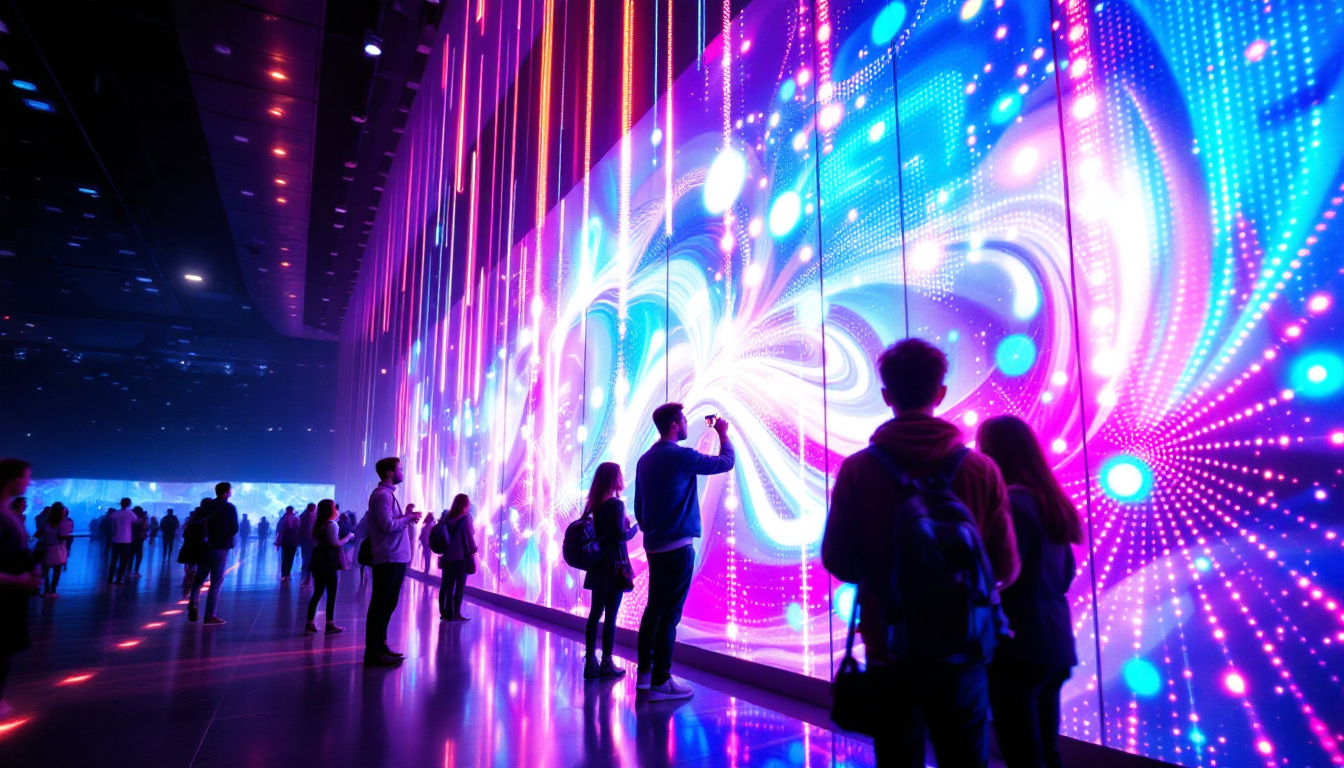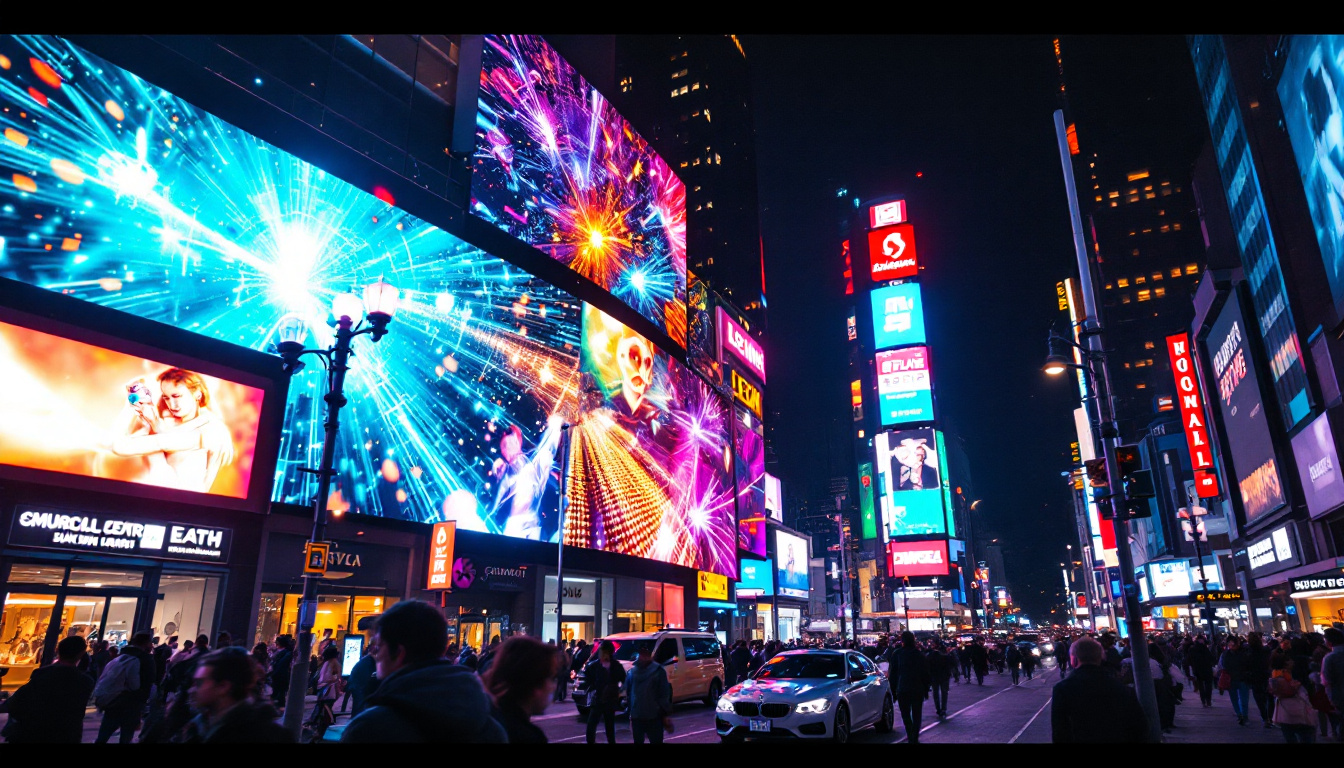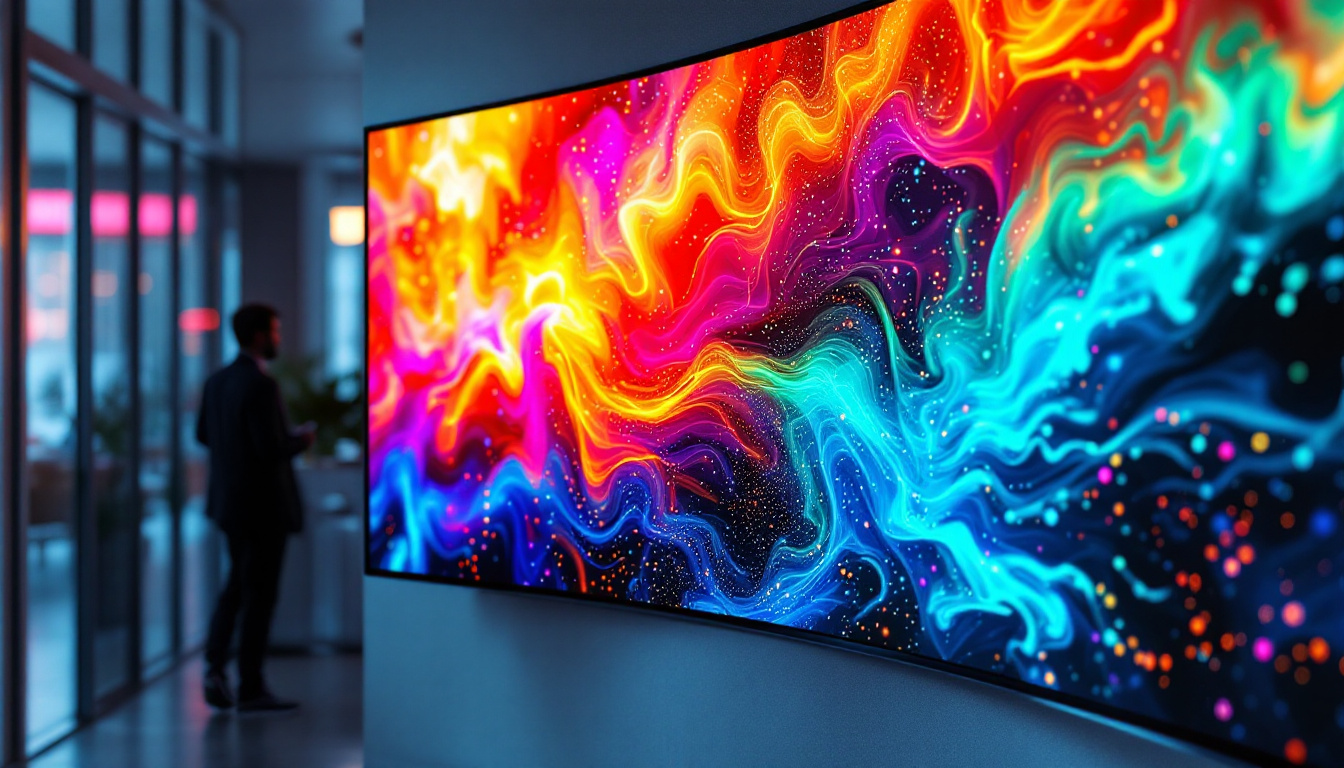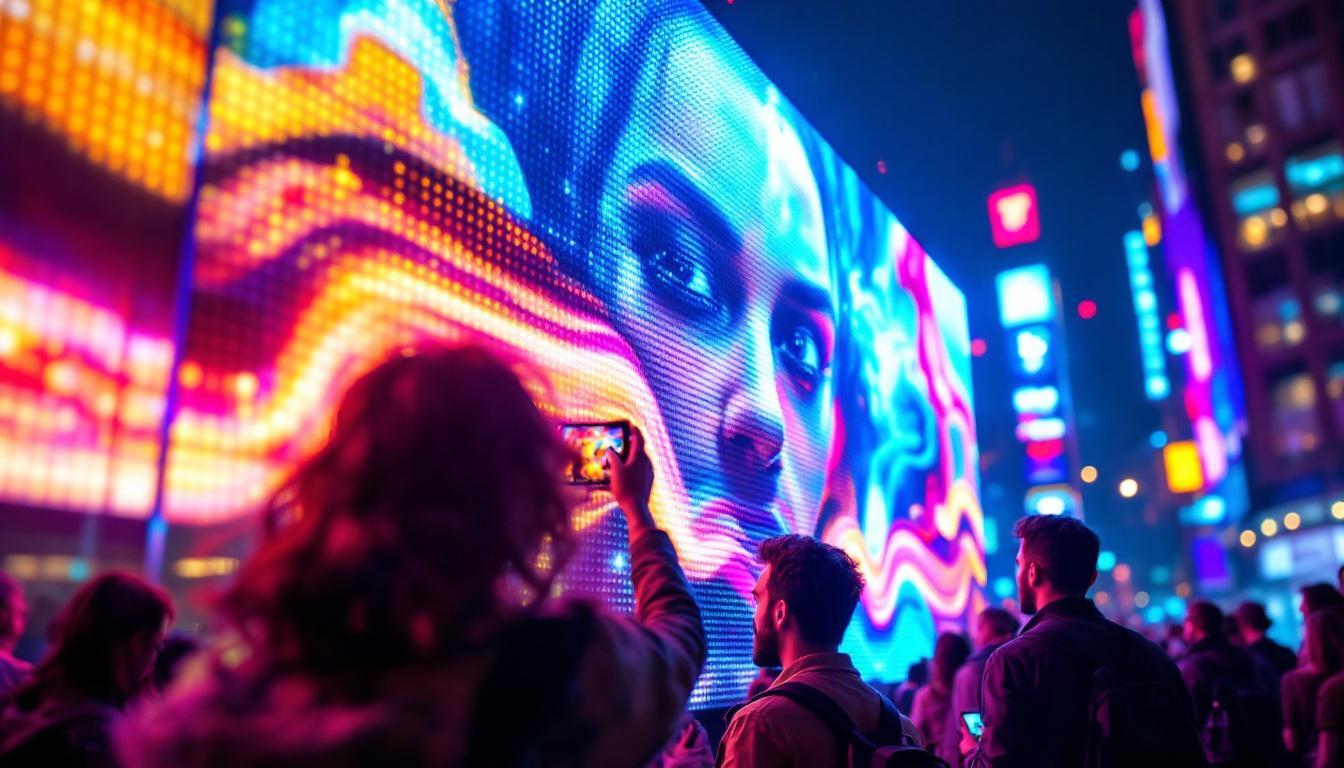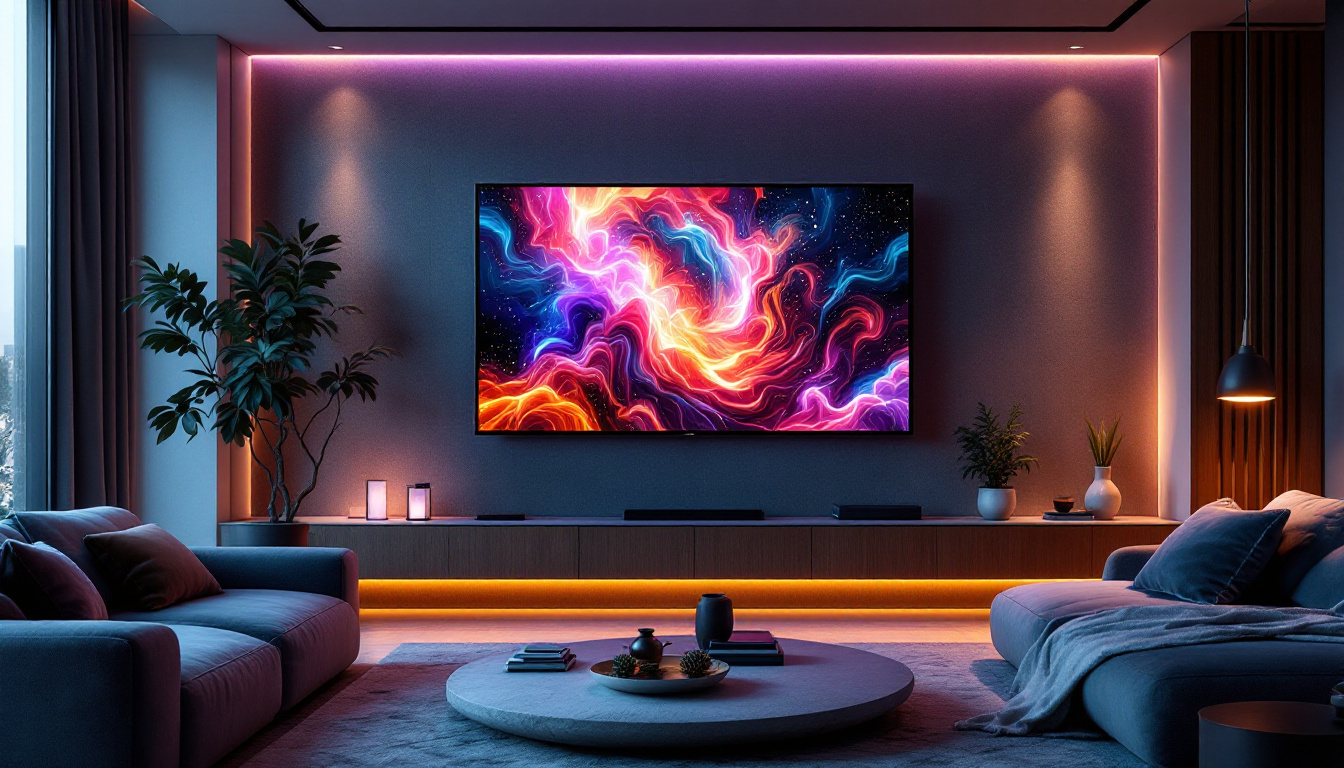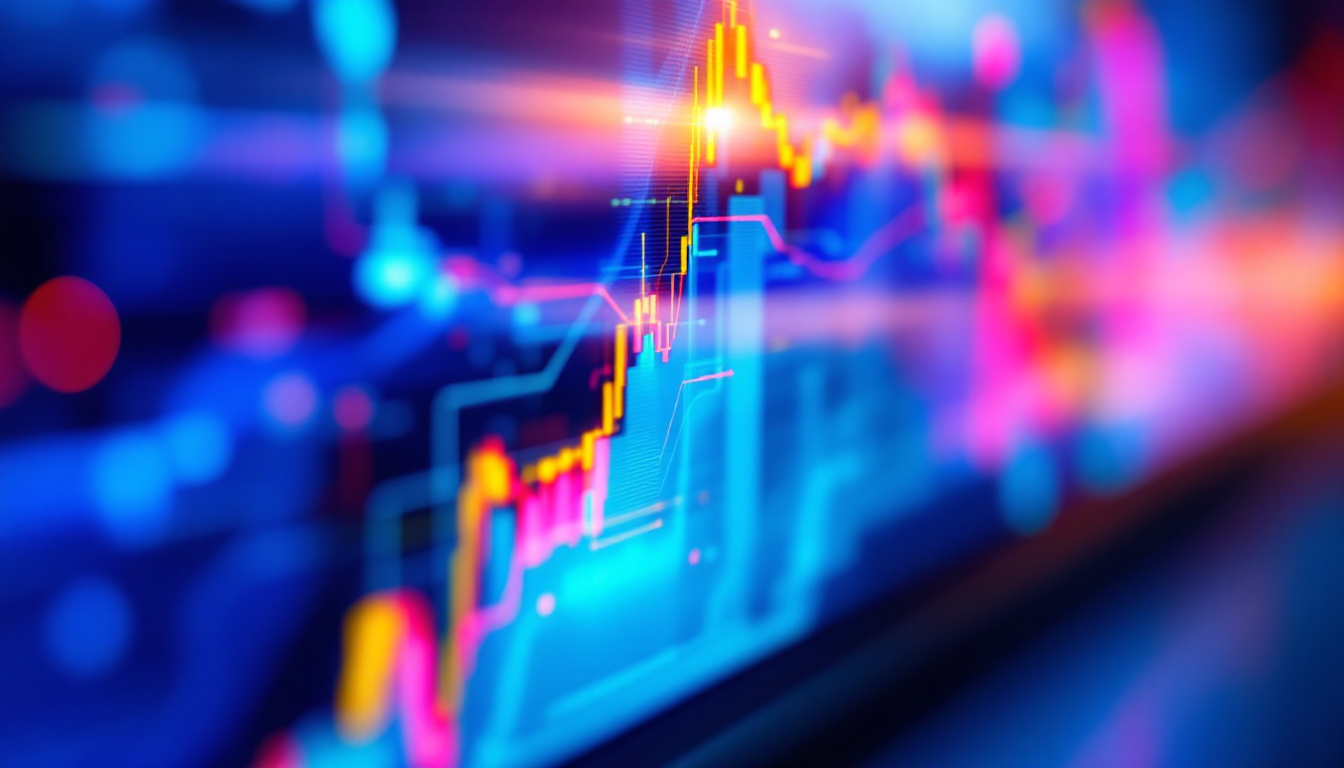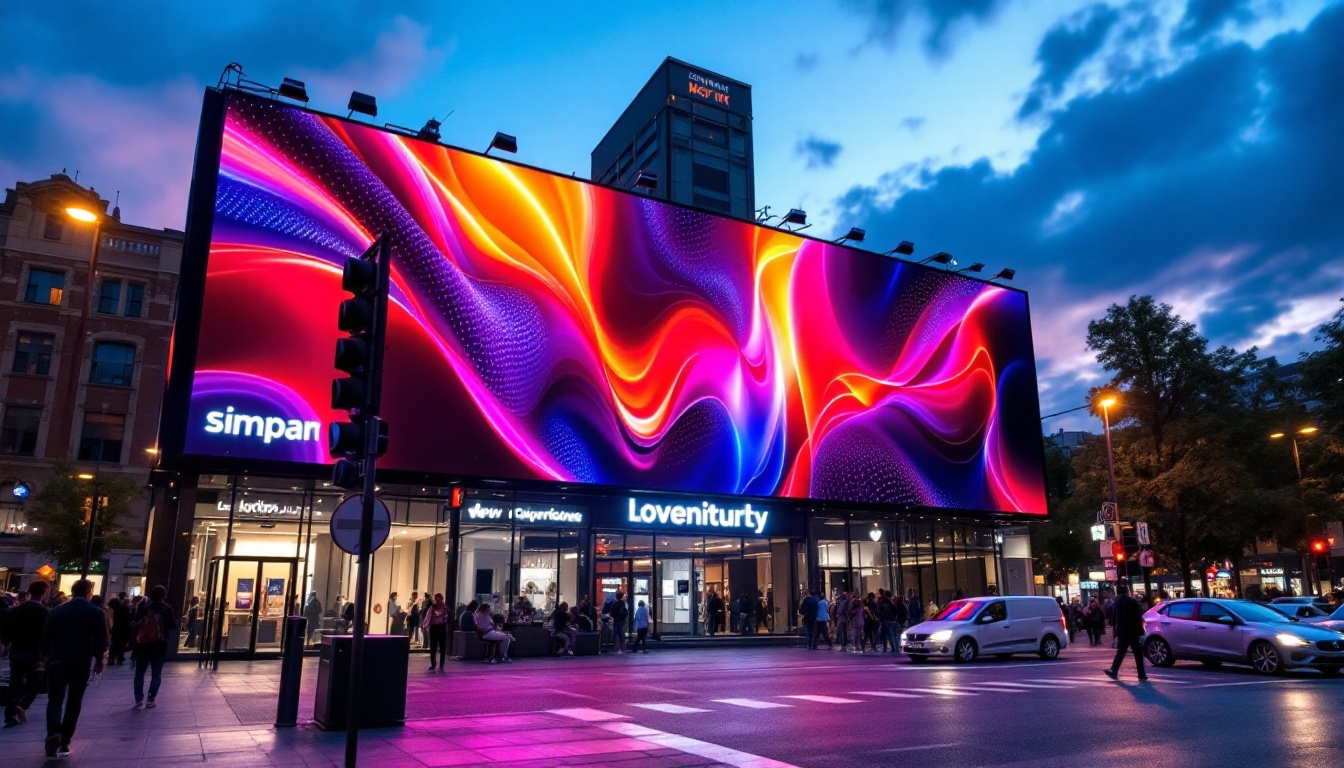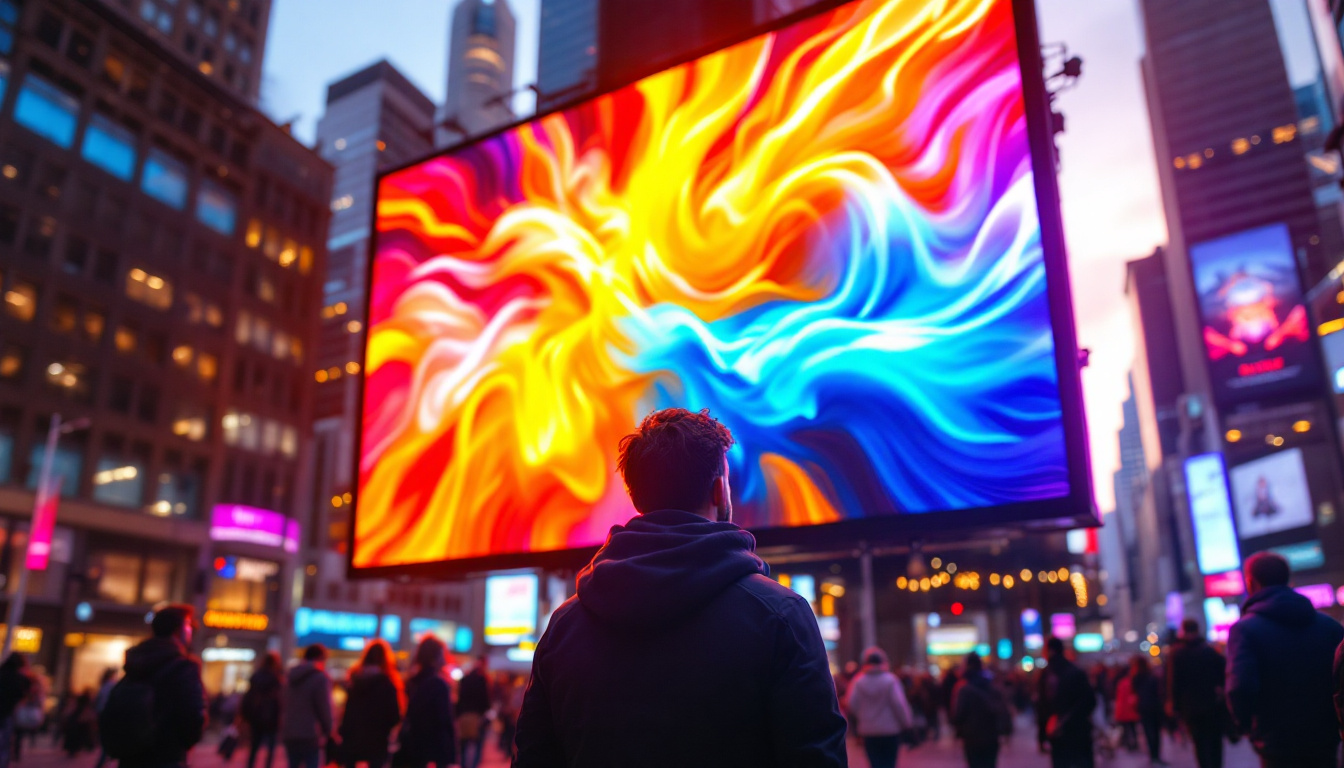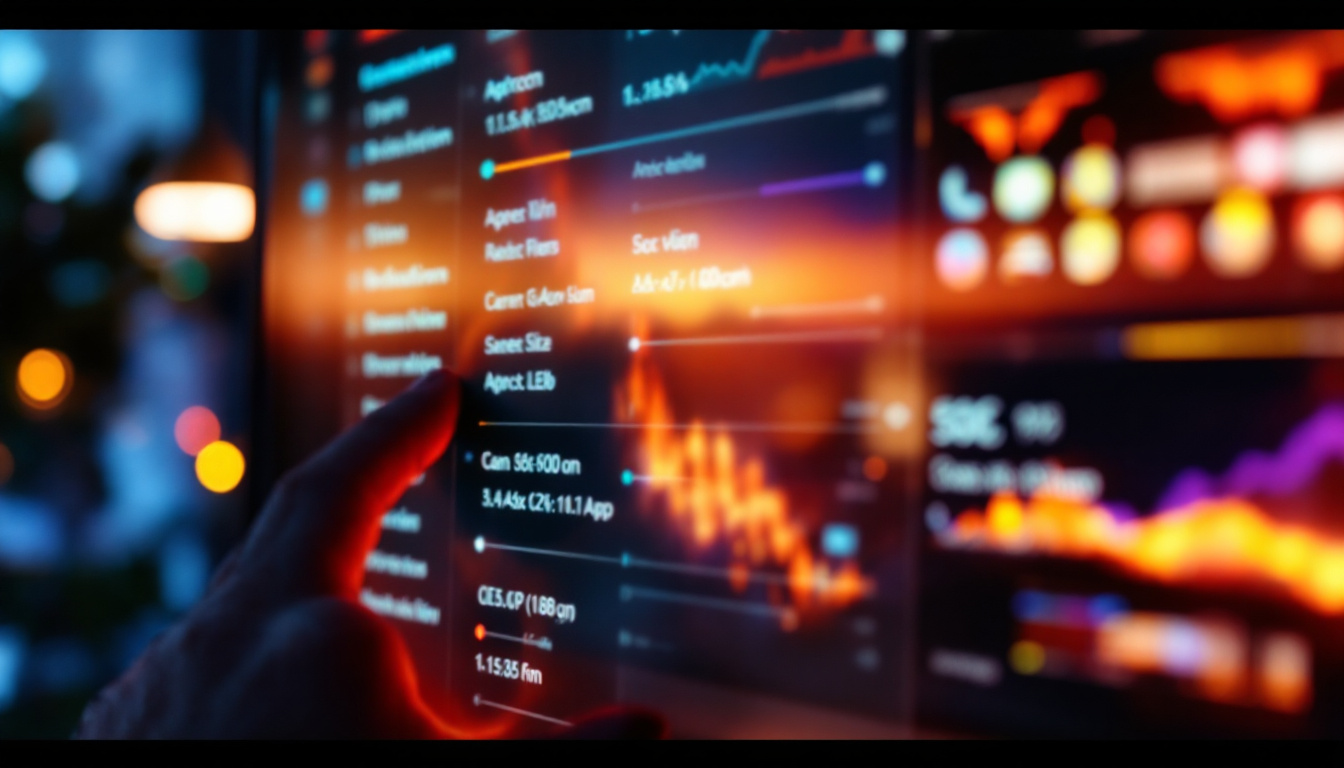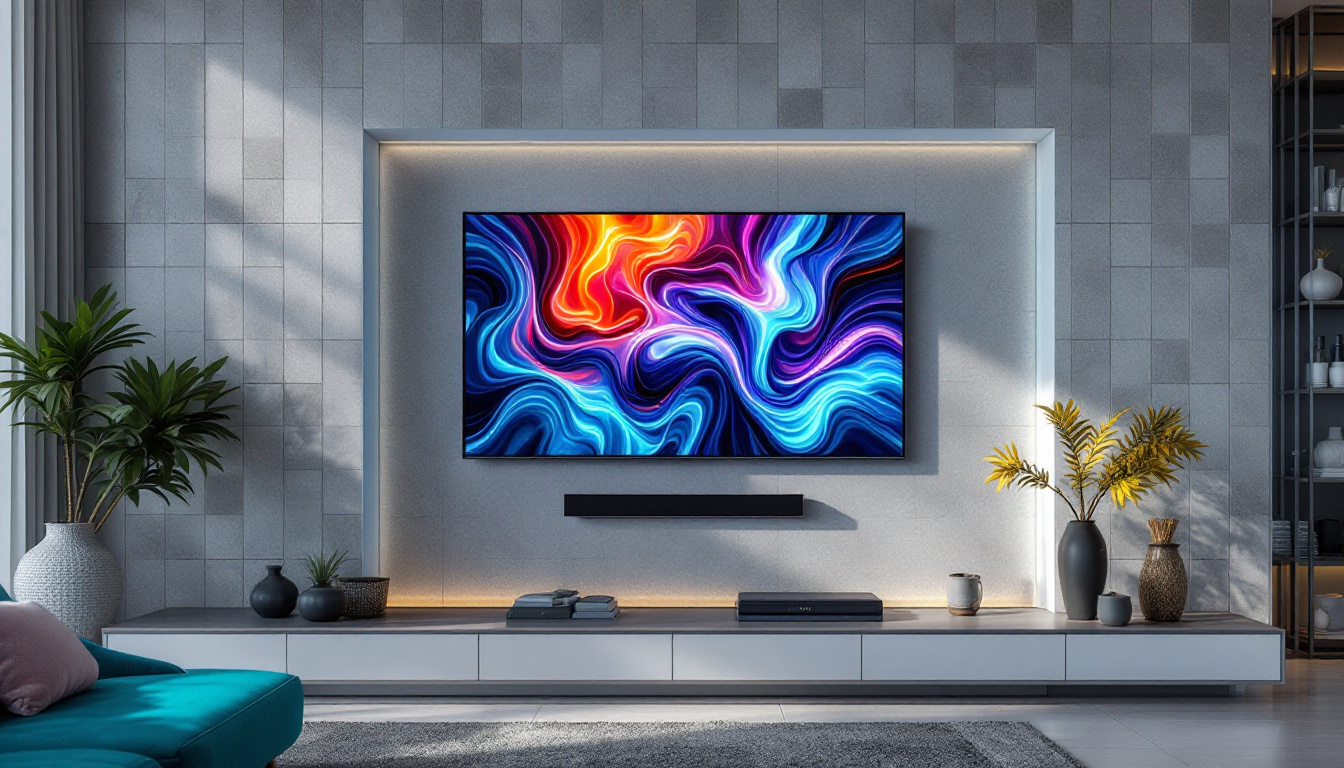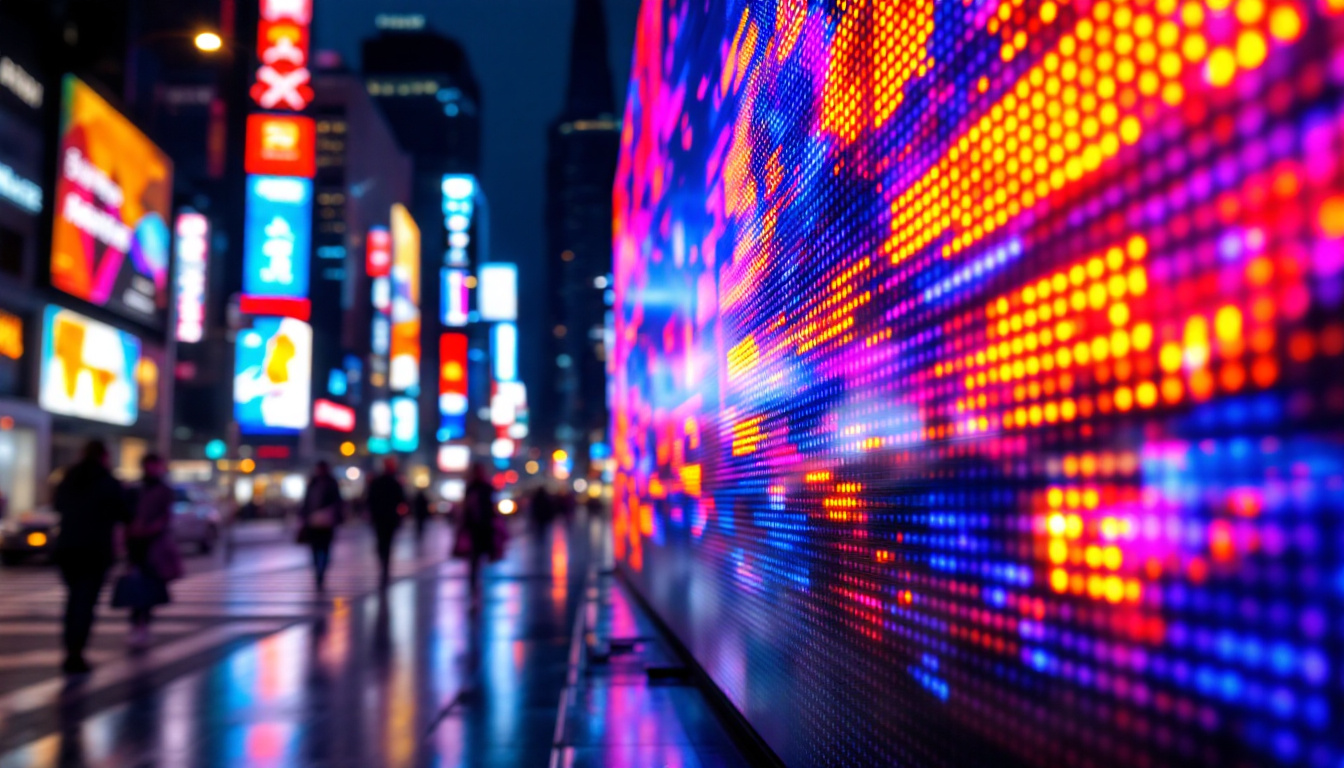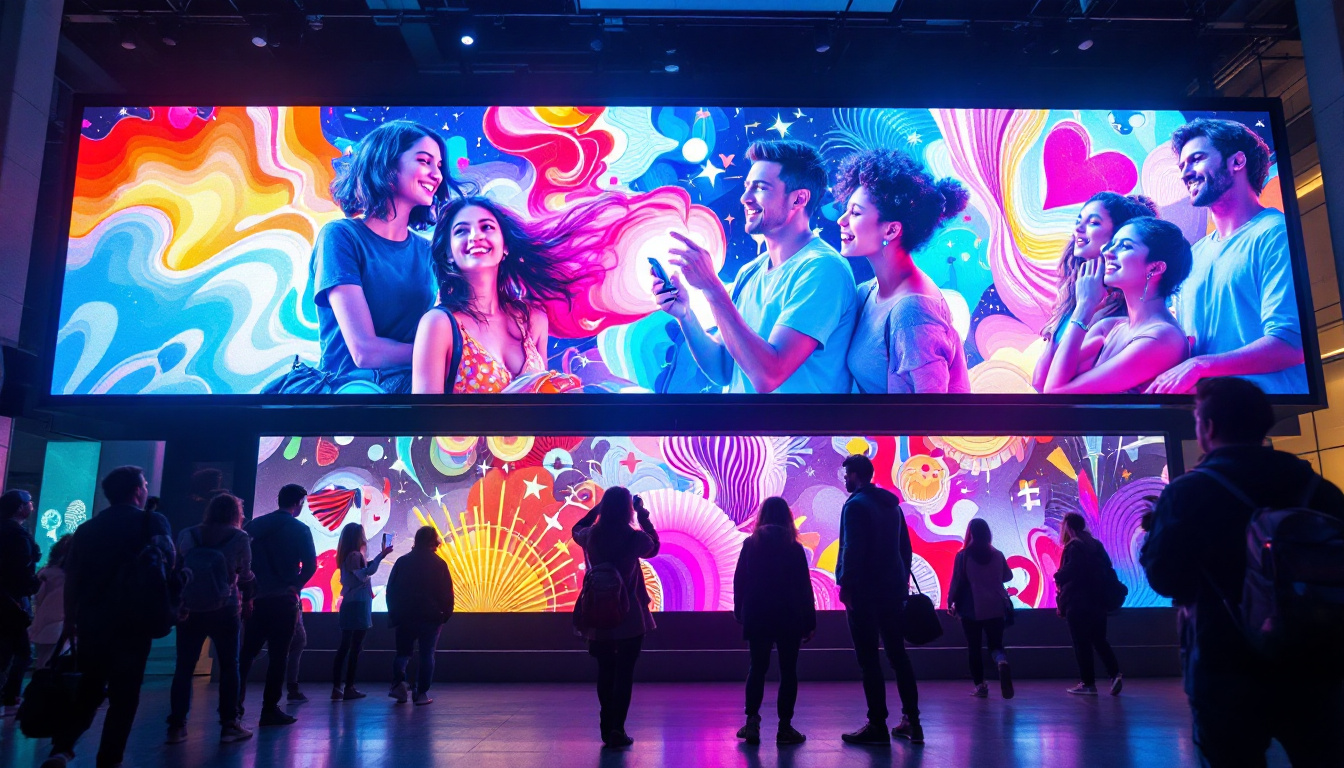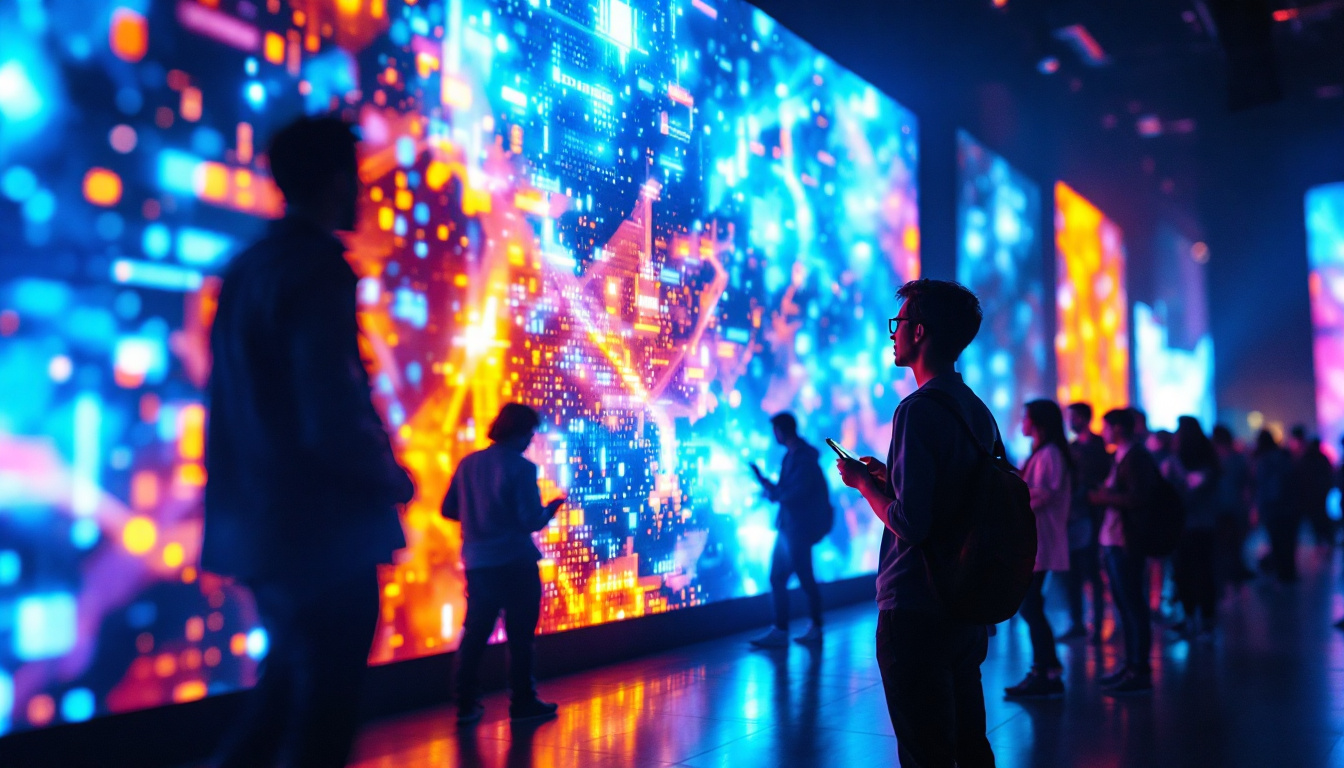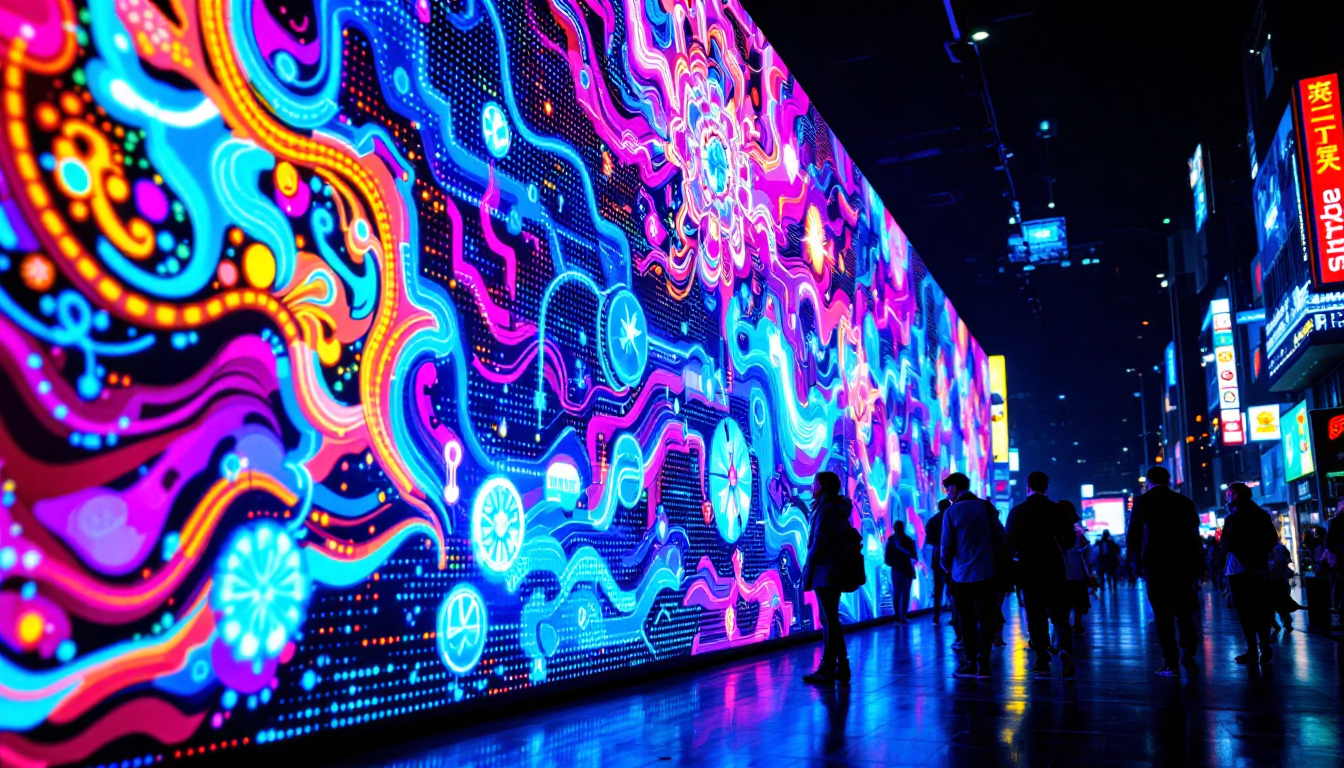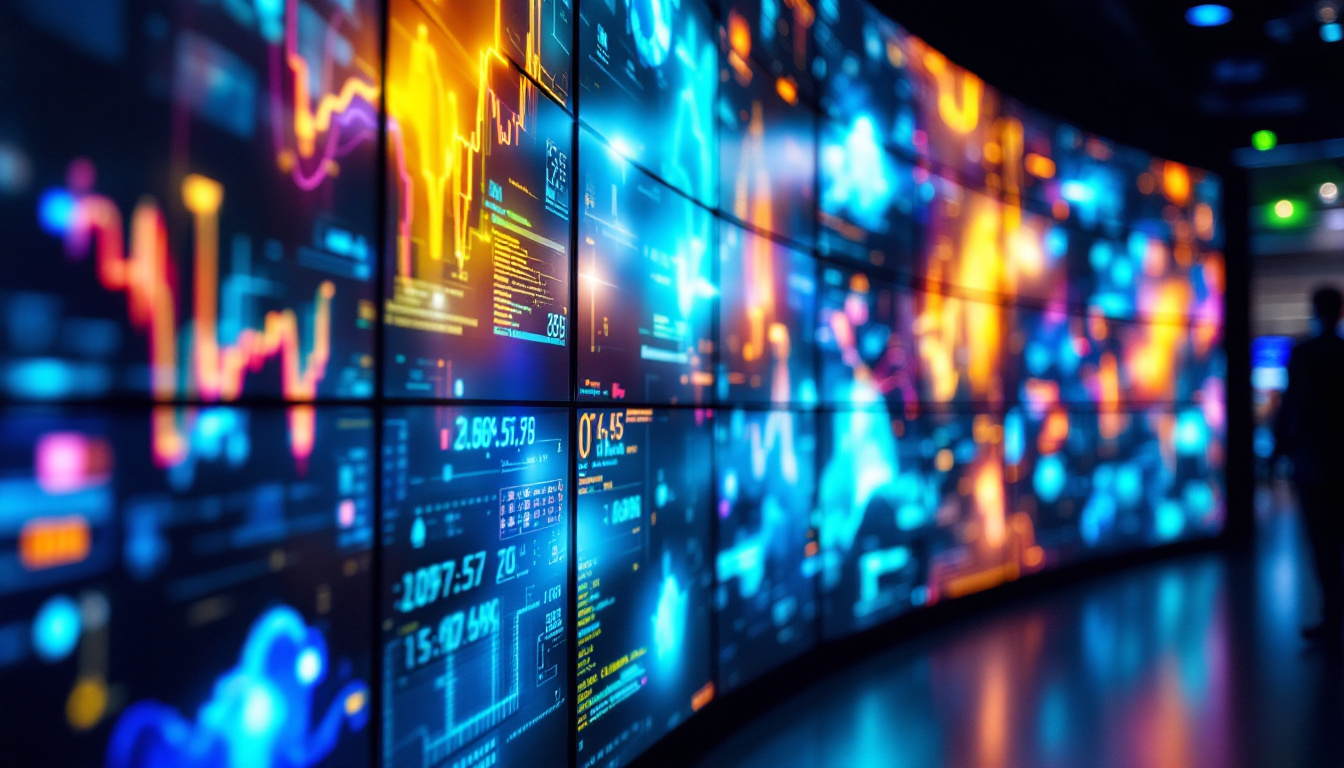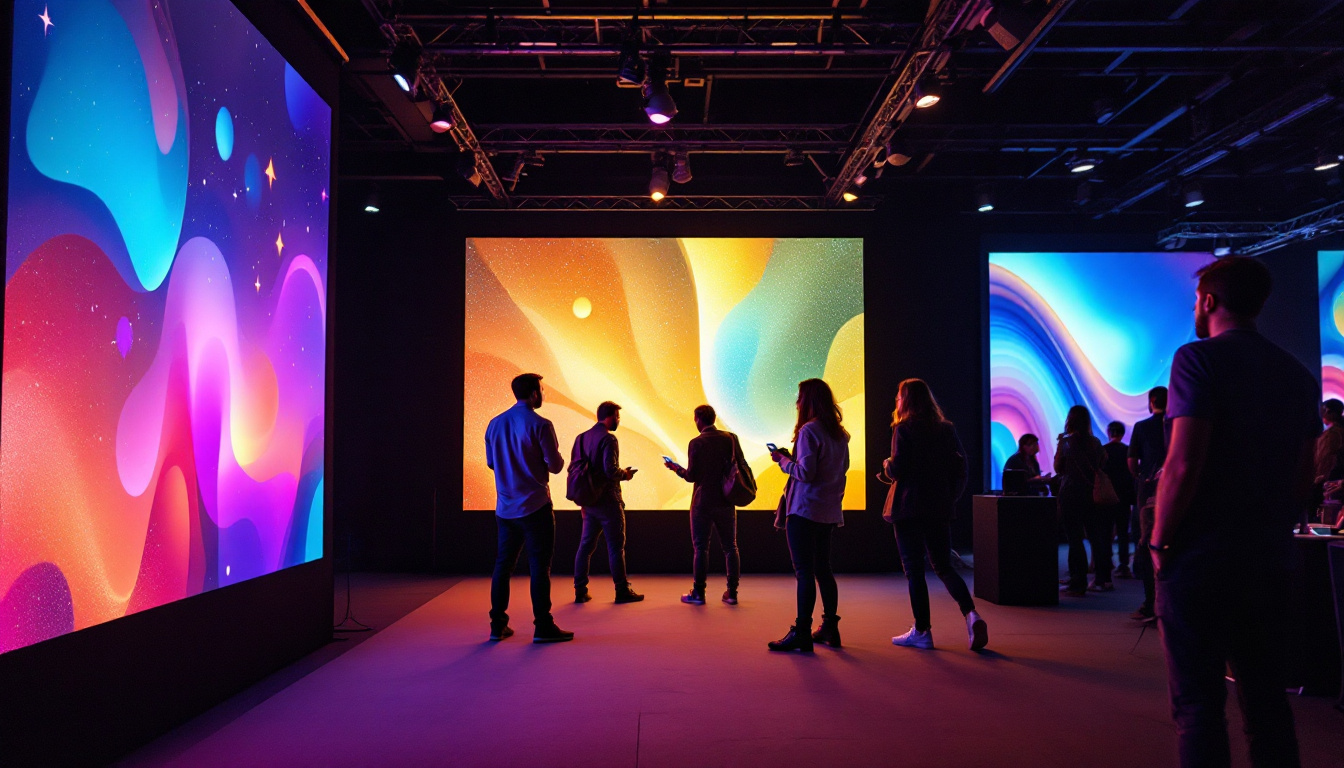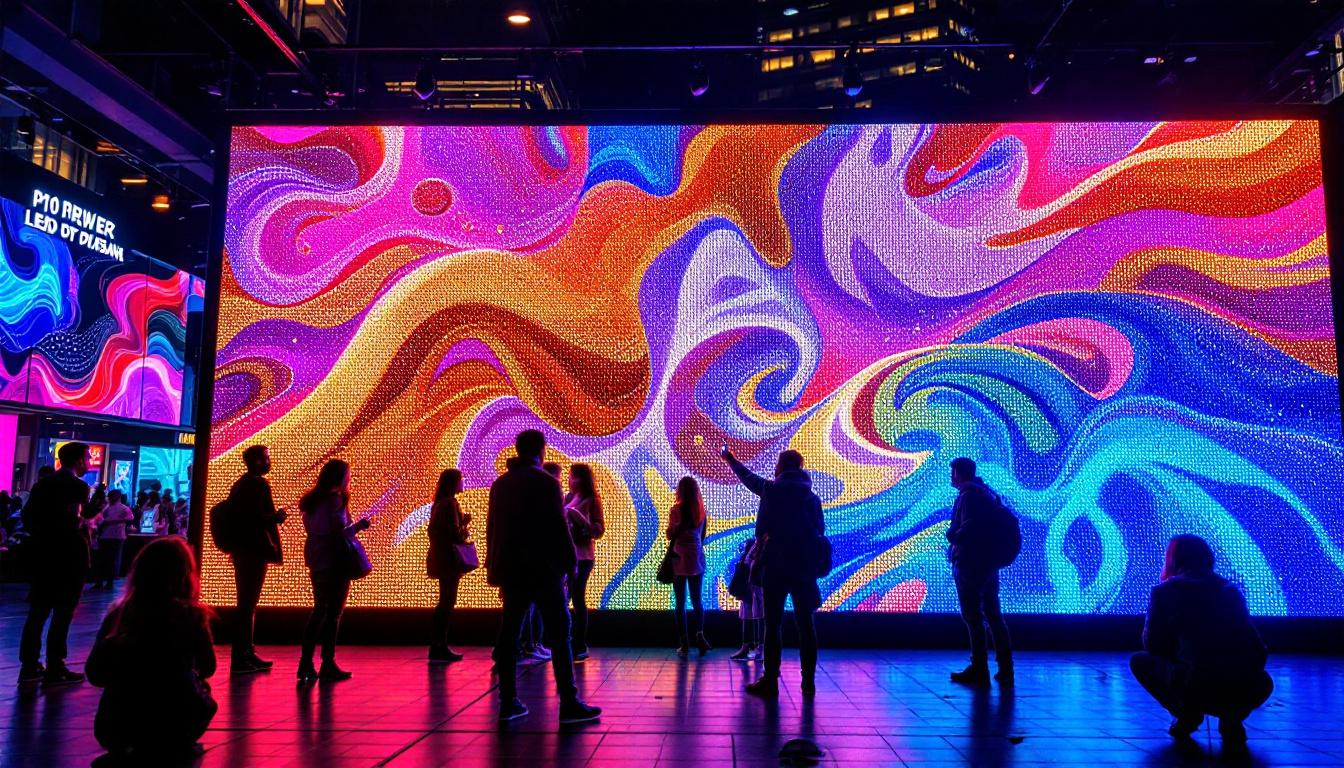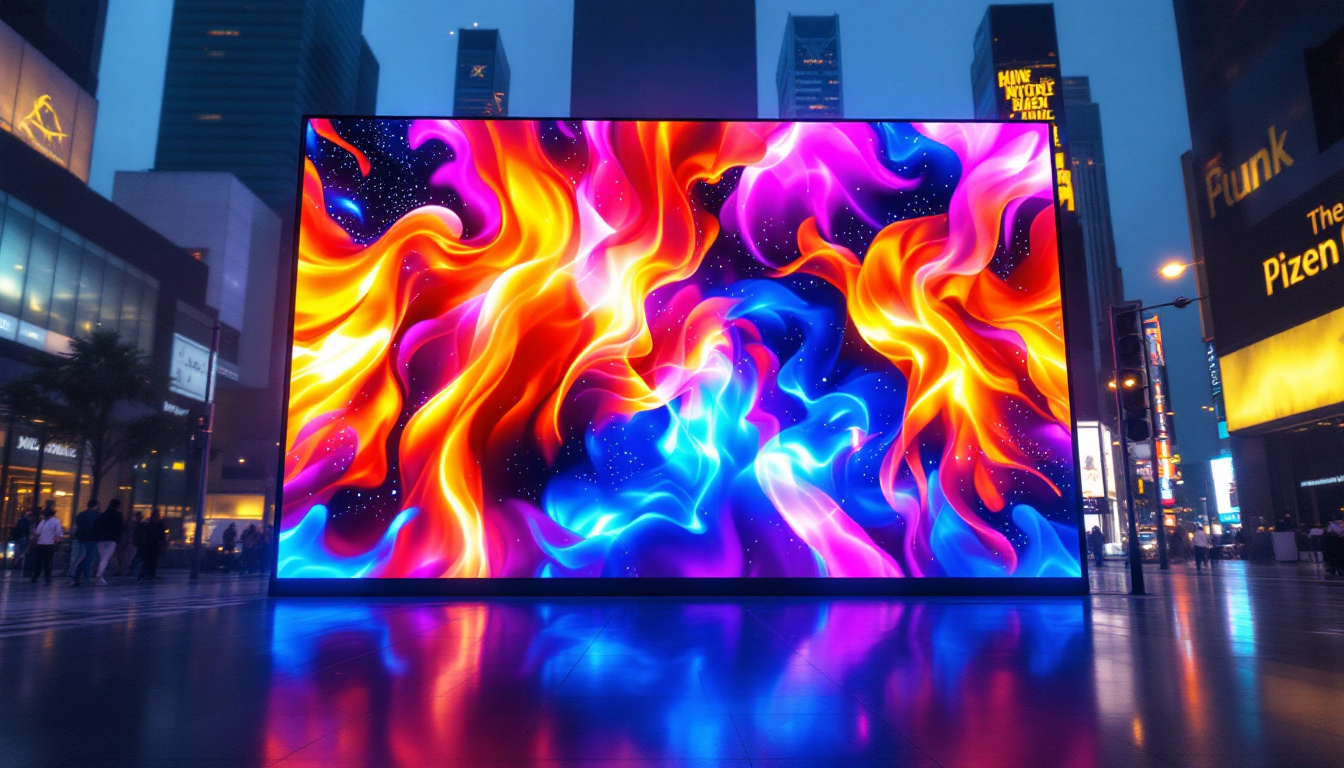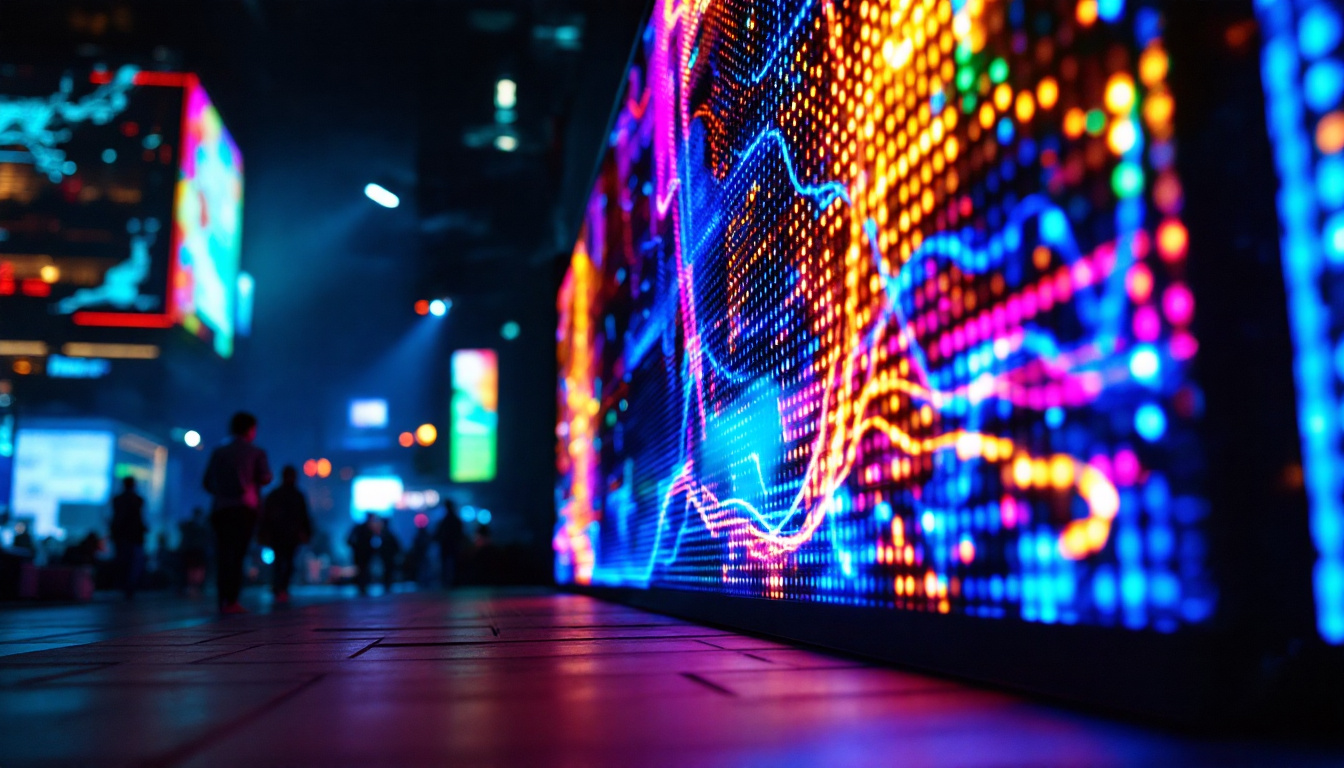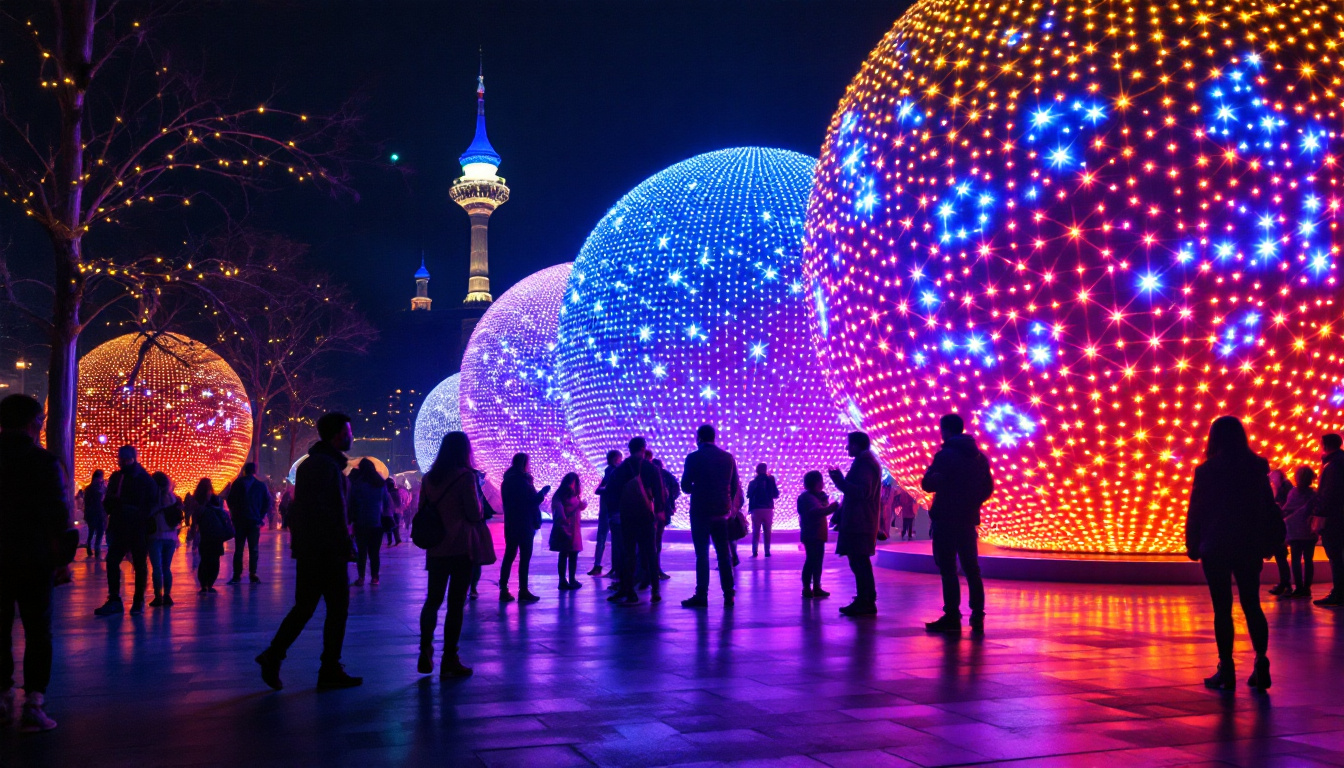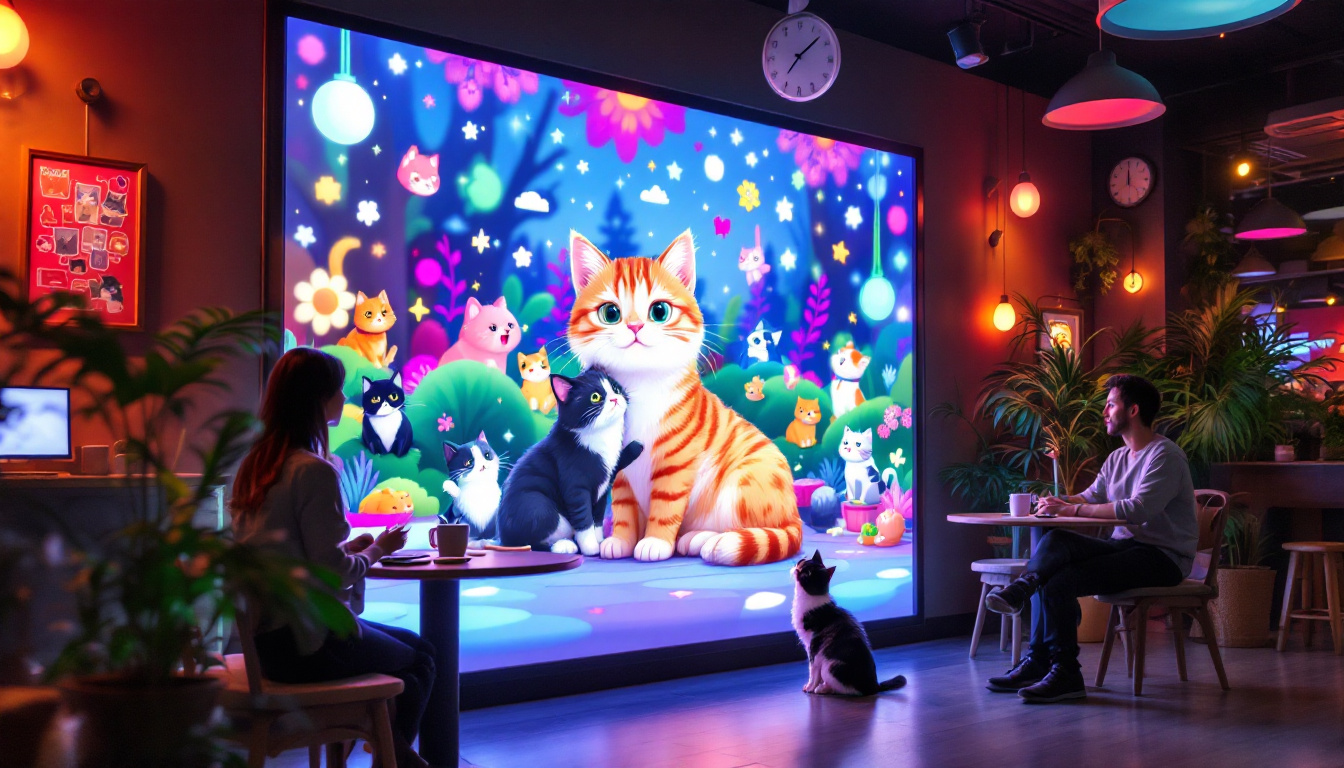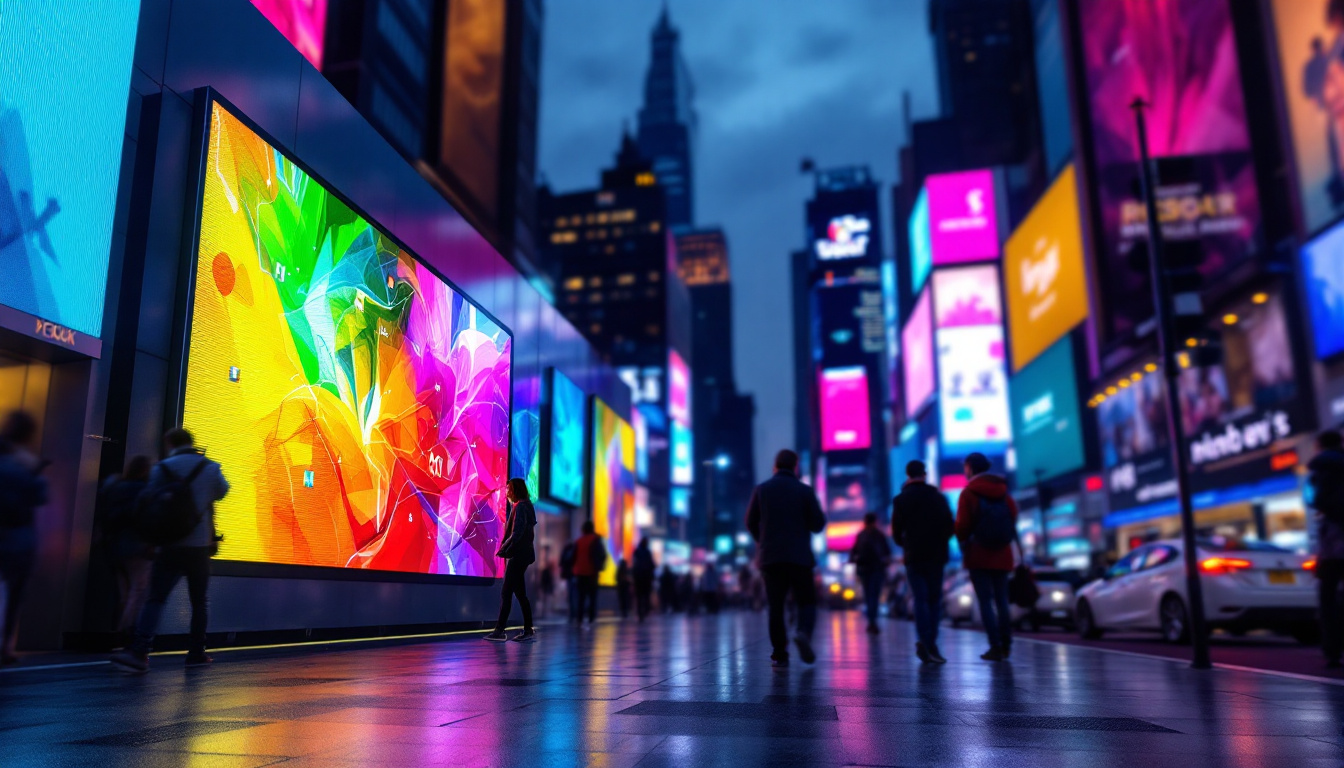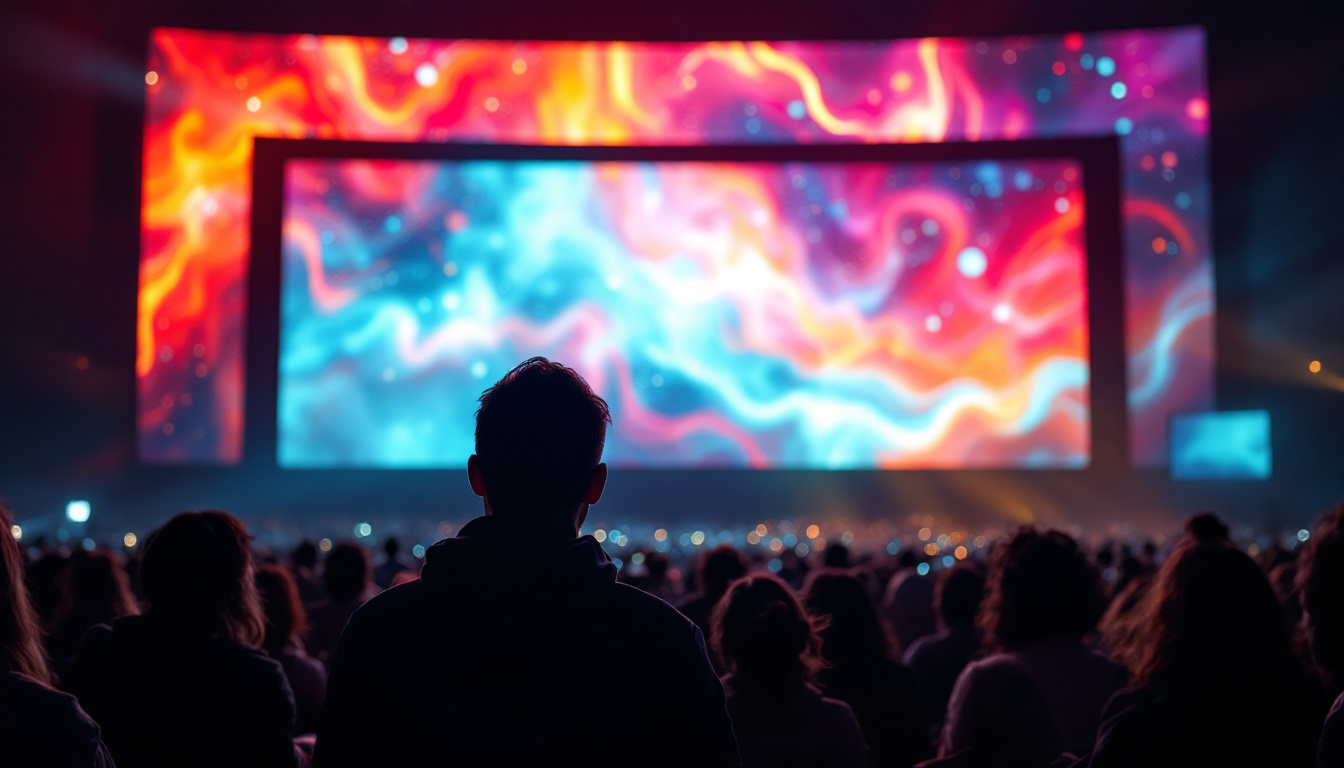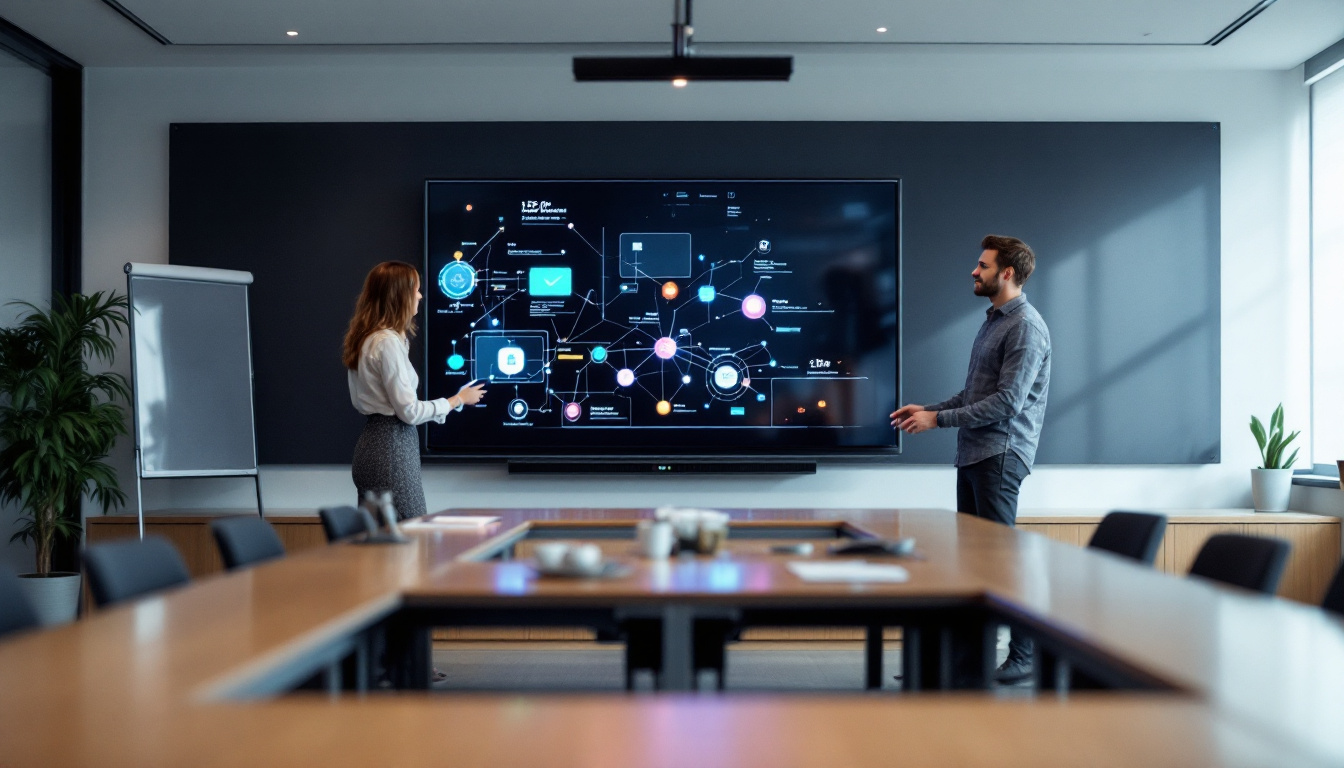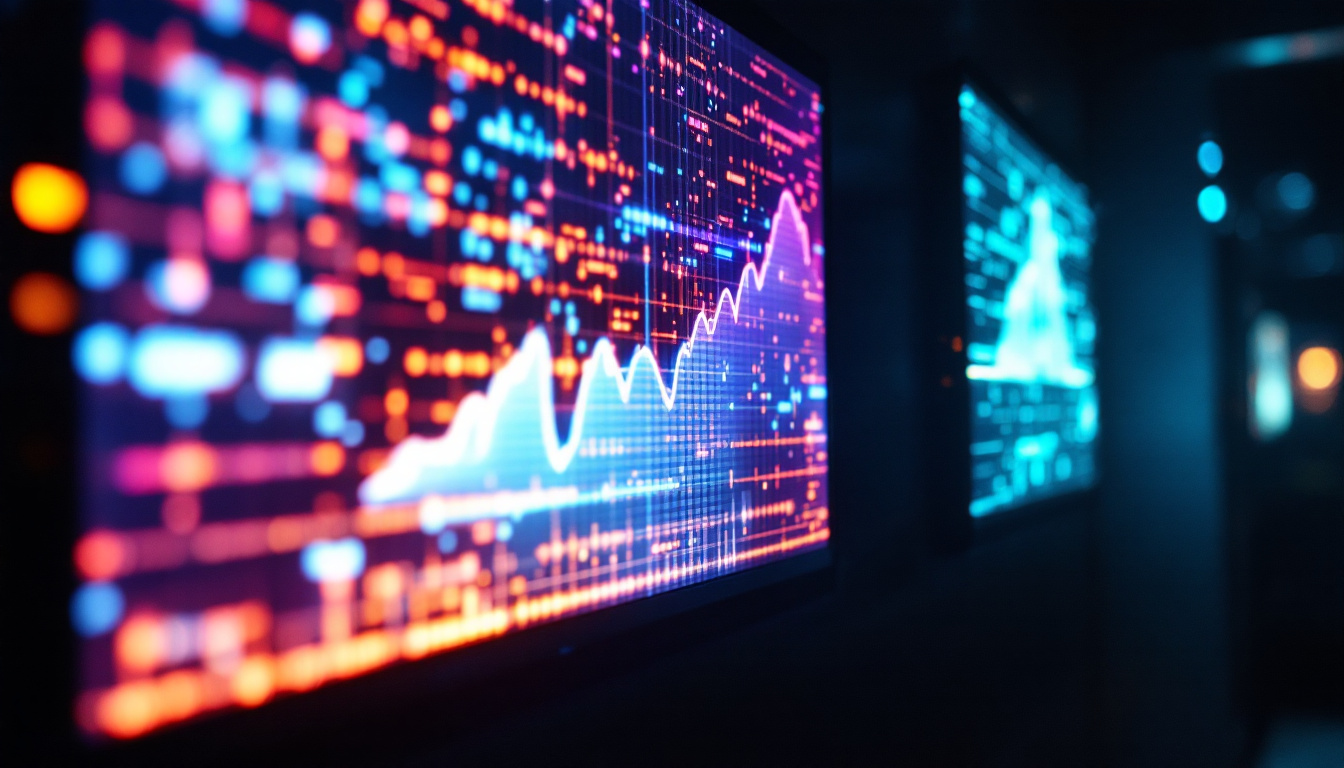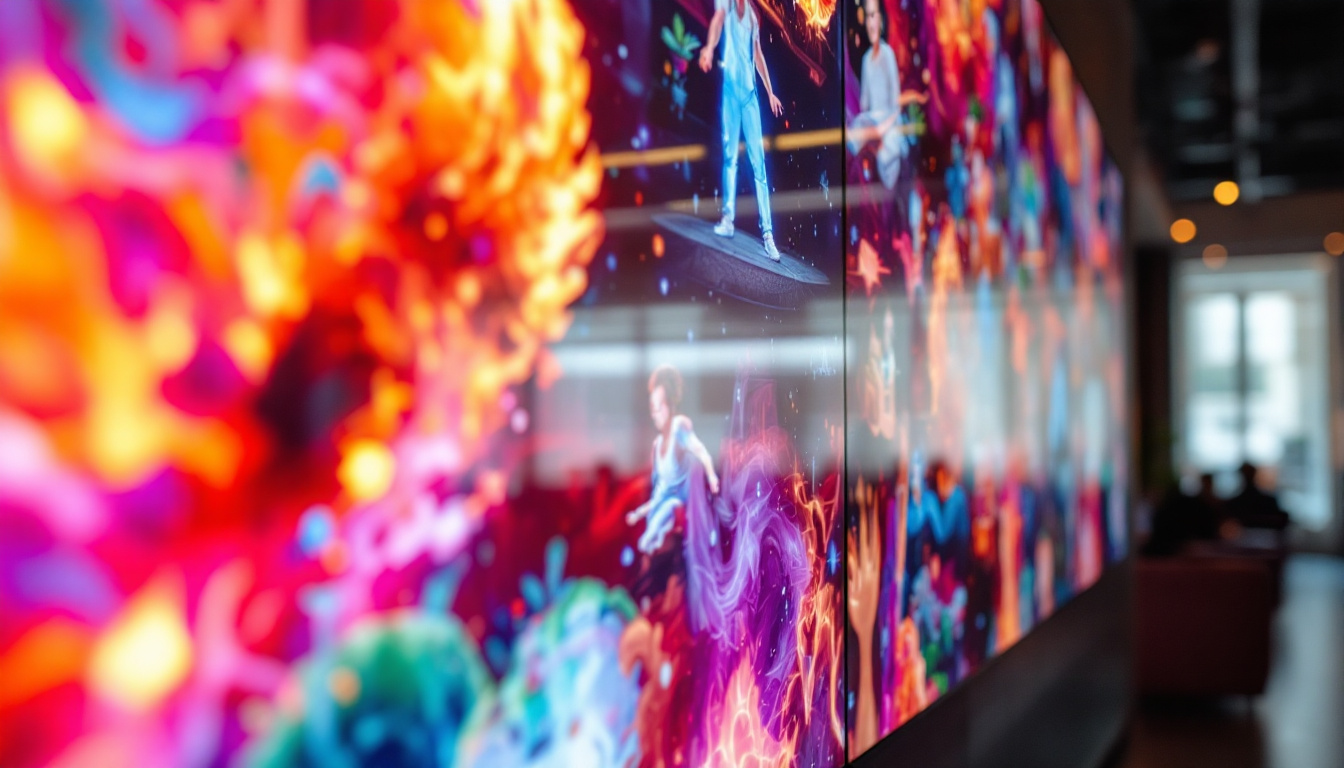In the ever-evolving world of visual technology, LED displays have emerged as a transformative force. Among the various types of LED displays, the LED curtain screen stands out for its unique design and versatility. This article delves into the intricacies of LED curtain screens, exploring their construction, applications, advantages, and the future of this innovative technology.
Understanding LED Curtain Screens
LED curtain screens are large, flexible displays made up of numerous light-emitting diodes (LEDs) arranged in a mesh-like structure. Unlike traditional LED screens, which are typically solid and opaque, LED curtain screens are semi-transparent, allowing for a blend of visual effects and ambient light. This feature makes them particularly appealing for various applications, from concerts and events to advertising and architectural displays.
Construction and Design
The design of an LED curtain screen is a critical factor that contributes to its functionality. These screens are constructed using lightweight materials, making them easy to install and transport. The mesh design allows for airflow and reduces wind resistance, which is particularly beneficial for outdoor events. The LED modules are spaced apart, creating a curtain effect that can display vibrant images while still allowing some visibility through the screen.
Typically, LED curtain screens come in various pixel pitches, which refers to the distance between the individual LEDs. A smaller pixel pitch results in higher resolution and better image quality, while a larger pixel pitch is suitable for viewing from a greater distance. This flexibility in design allows users to choose the right configuration based on their specific needs. Additionally, many manufacturers offer customizable options, enabling clients to tailor the screen’s dimensions and pixel density to fit unique project requirements, ensuring that the final product perfectly aligns with the intended visual impact.
How LED Curtain Screens Work
At the core of LED curtain screens is the technology that drives the LEDs. Each LED emits light when an electric current passes through it, creating bright and colorful visuals. The screens are controlled by sophisticated software that allows for dynamic content management. Users can display videos, animations, and graphics in real-time, making them ideal for live performances and events.
The semi-transparent nature of LED curtain screens means that they can be used creatively, allowing for layering of visuals and interaction with the environment behind them. This feature enables designers to create immersive experiences that engage audiences in unique ways. For instance, during a concert, an LED curtain screen can serve as a backdrop that not only showcases the performance but also integrates with the stage lighting and surrounding scenery, enhancing the overall atmosphere. Furthermore, the ability to project different content on each side of the screen opens up possibilities for dual-purpose displays, where one side can cater to an audience in front while the other targets viewers behind the screen, maximizing the impact of the visual experience.
Applications of LED Curtain Screens
The versatility of LED curtain screens has led to their adoption across various industries. From entertainment to advertising, these displays have proven to be effective tools for communication and engagement.
Entertainment and Events
In the entertainment industry, LED curtain screens have become a staple at concerts, festivals, and theatrical performances. Their ability to create stunning visual backdrops enhances the overall experience for audiences. They can be used to display vibrant graphics, live feeds, and even interactive content, captivating viewers and elevating the performance.
Moreover, their lightweight and flexible design allows for easy installation in various settings, including outdoor stages and indoor venues. This adaptability makes them a preferred choice for event organizers looking to create memorable experiences. The integration of LED curtain screens has also paved the way for innovative storytelling techniques, where visuals can seamlessly blend with live performances, creating a multi-sensory experience that resonates with audiences on a deeper level. As technology advances, the potential for augmented reality (AR) and virtual reality (VR) elements to be incorporated into these displays is becoming increasingly feasible, promising even more immersive experiences in the future.
Advertising and Marketing
LED curtain screens are also increasingly utilized in advertising and marketing campaigns. Their eye-catching visuals can attract attention in crowded spaces, making them effective for brand promotions. Retailers often use these screens in storefronts to showcase products or special offers, drawing customers into their shops.
Additionally, the ability to change content quickly and easily allows businesses to adapt their marketing strategies in real-time, responding to trends or customer preferences instantly. This dynamic capability is a significant advantage over traditional static advertising methods. Furthermore, brands can leverage data analytics to tailor their content based on viewer engagement, optimizing their advertising strategies for maximum impact. The interactive capabilities of LED curtain screens also enable brands to create engaging experiences, such as gamified promotions or social media integrations, fostering a deeper connection with their audience and encouraging participation.
Architectural and Interior Design
In architecture and interior design, LED curtain screens are being integrated into building facades and interior spaces. They can transform ordinary structures into dynamic visual displays, enhancing the aesthetic appeal of buildings. Architects and designers are increasingly incorporating these screens into their projects to create unique and engaging environments.
Furthermore, the semi-transparent nature of LED curtain screens allows for natural light to filter through, making them suitable for both functional and decorative purposes. This innovative use of technology can redefine the way spaces are experienced and interacted with. In urban environments, LED curtain screens can serve as a canvas for artistic displays, public announcements, or community messages, fostering a sense of connectivity and engagement within the community. Their ability to adapt to various lighting conditions also means that these screens can be utilized effectively both day and night, ensuring that the visual impact is maintained regardless of the time of day. As sustainability becomes a priority in modern design, the energy-efficient nature of LED technology further enhances their appeal, allowing for environmentally conscious choices in architectural projects.
Advantages of LED Curtain Screens
The adoption of LED curtain screens comes with a myriad of advantages that make them an attractive option for various applications. Understanding these benefits can help businesses and organizations make informed decisions regarding their visual display needs.
High Visibility and Brightness
One of the most significant advantages of LED curtain screens is their high visibility. The brightness of the LEDs ensures that content remains clear and vibrant, even in well-lit environments. This quality is particularly important for outdoor applications, where sunlight can wash out traditional displays.
Additionally, the ability to adjust brightness levels allows users to tailor the display to different lighting conditions, ensuring optimal visibility at all times. This adaptability makes LED curtain screens suitable for a wide range of environments.
Energy Efficiency
LED technology is known for its energy efficiency, and LED curtain screens are no exception. Compared to traditional display technologies, LED screens consume significantly less power, making them a cost-effective choice for long-term use. This energy efficiency not only reduces operational costs but also contributes to environmental sustainability.
Furthermore, many LED curtain screens come equipped with smart technology that optimizes energy consumption based on usage patterns, further enhancing their efficiency.
Durability and Longevity
LED curtain screens are designed to withstand various environmental conditions, making them durable and long-lasting. The materials used in their construction are often weather-resistant, allowing for outdoor use without compromising performance. This durability translates into lower maintenance costs and longer lifespans, providing a solid return on investment.
Moreover, LED technology is less prone to damage compared to traditional display methods, reducing the likelihood of failures and the need for frequent replacements.
Challenges and Considerations
While LED curtain screens offer numerous advantages, there are also challenges and considerations that potential users should be aware of before making a decision.
Cost of Implementation
The initial investment for LED curtain screens can be significant, especially for high-resolution models. Businesses must weigh the upfront costs against the long-term benefits to determine if this technology aligns with their budget and goals. While the prices have been decreasing over the years, it remains a consideration for many organizations.
However, it is essential to view this investment as a long-term strategy, as the benefits gained from enhanced visibility and engagement can outweigh the initial costs over time.
Technical Expertise Required
Implementing LED curtain screens often requires a certain level of technical expertise. From installation to content management, organizations may need to invest in training or hire skilled professionals to ensure optimal performance. This requirement can pose a barrier for some businesses, particularly smaller ones with limited resources.
To mitigate this challenge, many companies offer comprehensive support and training services, helping users navigate the complexities of LED technology.
The Future of LED Curtain Screens
The future of LED curtain screens looks promising, with continuous advancements in technology and design. As the demand for dynamic visual displays increases, manufacturers are innovating to create even more versatile and efficient products.
Integration with Smart Technology
One of the most exciting trends in the evolution of LED curtain screens is their integration with smart technology. As the Internet of Things (IoT) continues to expand, LED screens are becoming more connected, allowing for remote management and real-time content updates. This connectivity enhances the user experience and opens up new possibilities for interactive displays.
Furthermore, the integration of artificial intelligence (AI) can enable more personalized content delivery, tailoring messages to specific audiences based on data analytics and viewer engagement.
Advancements in Display Quality
As technology progresses, the quality of LED displays is also improving. Future LED curtain screens are expected to feature higher resolutions, improved color accuracy, and better energy efficiency. These advancements will enhance the visual experience, making LED curtain screens an even more compelling choice for various applications.
Additionally, innovations in flexible and lightweight materials will further expand the possibilities for design and installation, allowing for creative applications that were previously unimaginable.
Conclusion
LED curtain screens represent a significant advancement in visual display technology, offering a unique blend of flexibility, visibility, and creativity. Their applications span across various industries, from entertainment to advertising and architecture, making them a versatile tool for engagement and communication.
While challenges such as initial costs and technical requirements exist, the benefits of LED curtain screens, including energy efficiency, durability, and high visibility, make them a worthwhile investment for many organizations. As technology continues to evolve, the future of LED curtain screens promises even more exciting possibilities, paving the way for innovative visual experiences that captivate and inspire.
Discover LumenMatrix LED Display Solutions
Ready to elevate your visual experience with the latest in LED display technology? Look no further than LumenMatrix, where innovation meets excellence. Our comprehensive range of LED display modules, from Indoor and Outdoor LED Walls to specialized solutions like Vehicle Displays and Transparent LED Displays, is designed to captivate your audience and amplify your message. Embrace the future of visual communication with LumenMatrix and transform your space into a dynamic canvas. Check out LumenMatrix LED Display Solutions today and see your vision come to life.

